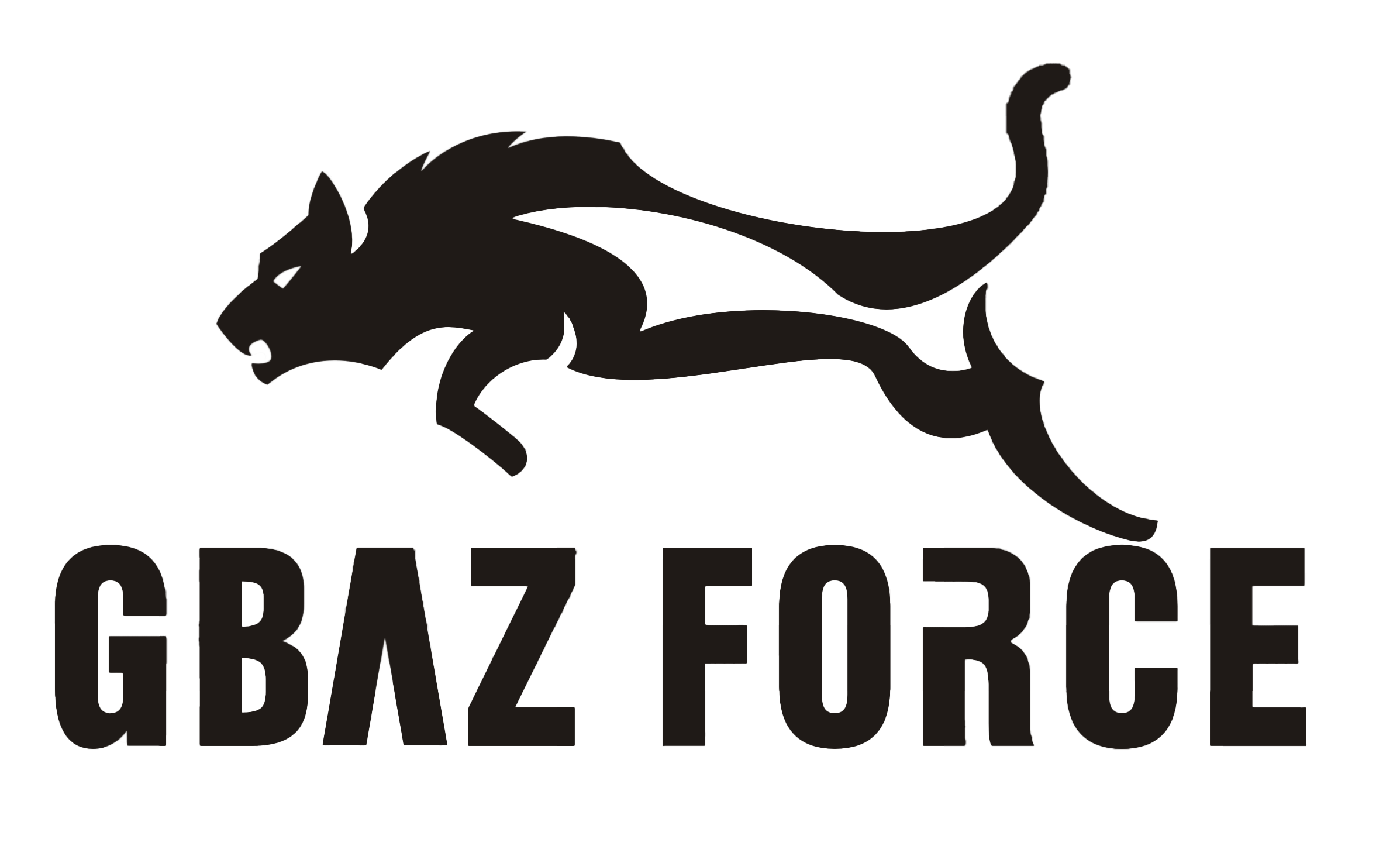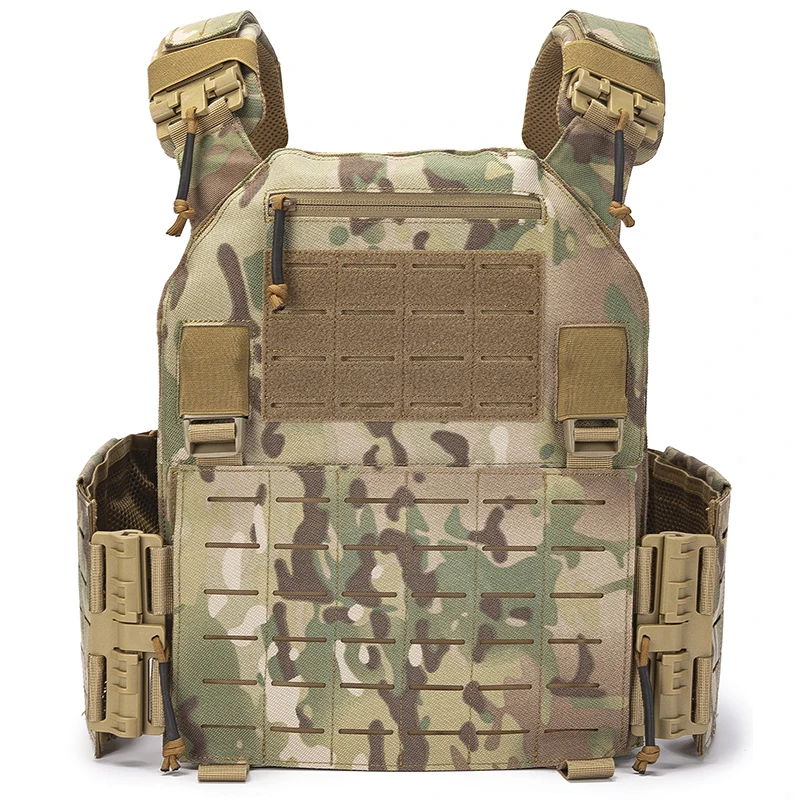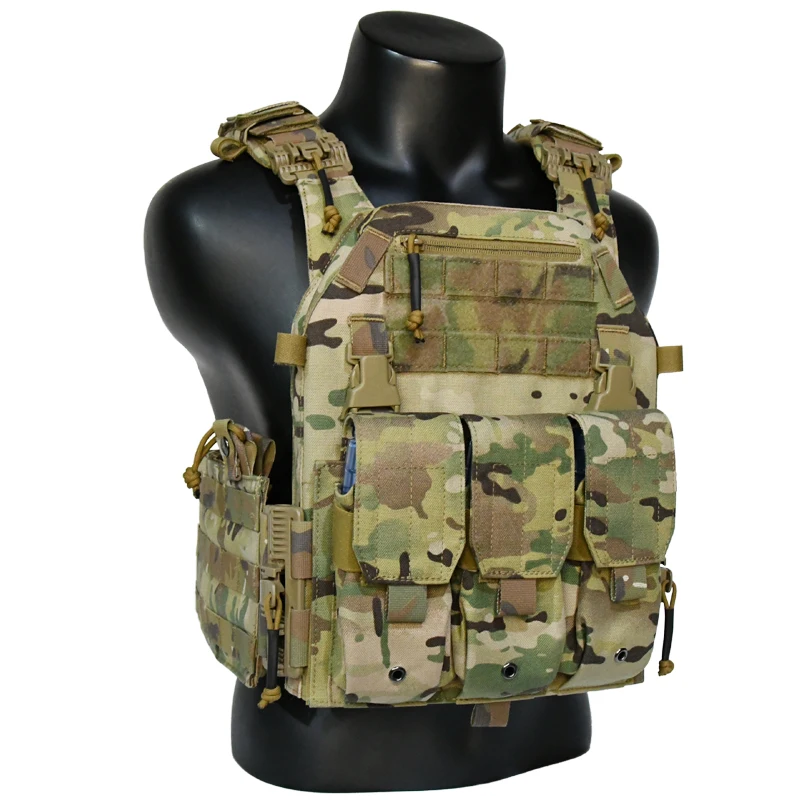Tactical Gear
PRODUCTS
Tactical Vest Buyer's Guide Find Your Perfect Fit
Understanding Your Needs and Use Case
Before diving into specific features, it's crucial to define your needs. What activities will the vest be used for? Different applications demand different features. For example, a patrol officer will need a vest with ample space for duty gear and ballistic protection, while an airsoft player might prioritize lightweight maneuverability and modularity. Consider the climate you'll be operating in. A heavy, insulated vest suitable for cold weather will be cumbersome in hot climates. Similarly, the level of ballistic protection required varies drastically depending on the potential threats you may face. Honest self-assessment at this stage is essential for a successful purchase.
Consider the duration of wear. Will you be wearing the vest for extended periods? If so, comfort and breathability are paramount. Look for features like mesh panels, adjustable straps, and breathable materials. If the vest is primarily for short bursts of activity, you might be able to prioritize features like weight and minimal bulk over long-term comfort.
Types of Tactical Vests
Tactical vests come in a variety of styles, each offering unique benefits. Plate carriers are designed to accommodate ballistic plates for enhanced protection, offering a more robust and customizable option. They typically feature a minimalist design focusing solely on plate retention and modularity, often with PALS (Pouch Attachment Ladder System) webbing for attaching pouches and accessories. These are favored by those who require high levels of protection.
On the other hand, chest rigs provide a more streamlined and lightweight solution, ideal for situations where mobility is key. They often lack ballistic protection but offer ample space for magazines, radios, and other essential gear. Load-bearing vests represent a middle ground, integrating both carrying capacity and some level of ballistic protection, making them suitable for a broader range of applications.
Finally, consider concealed carry vests, designed to discreetly conceal firearms and other gear for everyday carry situations. These prioritize concealment over overt tactical functionality.
Key Features to Consider
Once you’ve identified your needs and preferred type of vest, focus on key features. Adjustability is crucial for a comfortable and secure fit. Look for vests with adjustable straps and cummerbunds to ensure a snug and personalized fit. Material quality significantly impacts durability and comfort. High-quality materials like Cordura nylon are known for their tear and abrasion resistance. Consider the weight of the vest. While heavier vests often offer better protection, a lighter option improves mobility and comfort during extended use.
Assess the modularity of the vest. PALS webbing allows for easy attachment of pouches and accessories, enabling customization to meet specific needs. Consider the number and placement of pockets and pouches. Ensure they are strategically positioned and appropriately sized for your gear. Breathability features, such as mesh panels, are essential for comfort, particularly during extended use in warm or humid conditions.
Sizing and Fit
Proper sizing is paramount for both comfort and functionality. Consult the manufacturer's sizing chart carefully. Consider measuring your chest and waist circumference for accurate sizing. Try the vest on if possible to ensure a snug but not restrictive fit. A poorly fitting vest can restrict movement and affect performance. The straps should be adjustable enough to provide a secure and comfortable fit regardless of your body type. Ensure you can comfortably reach all your gear and move freely while wearing the vest.
Remember to check the sizing of any additional pouches or accessories you intend to attach. A too-small vest can become uncomfortable, while a too-large vest can make you look bulky and hamper your movements. Prioritizing a proper fit will maximize both comfort and functionality of your tactical vest.
SUBSCRIBE
INQUIRY










